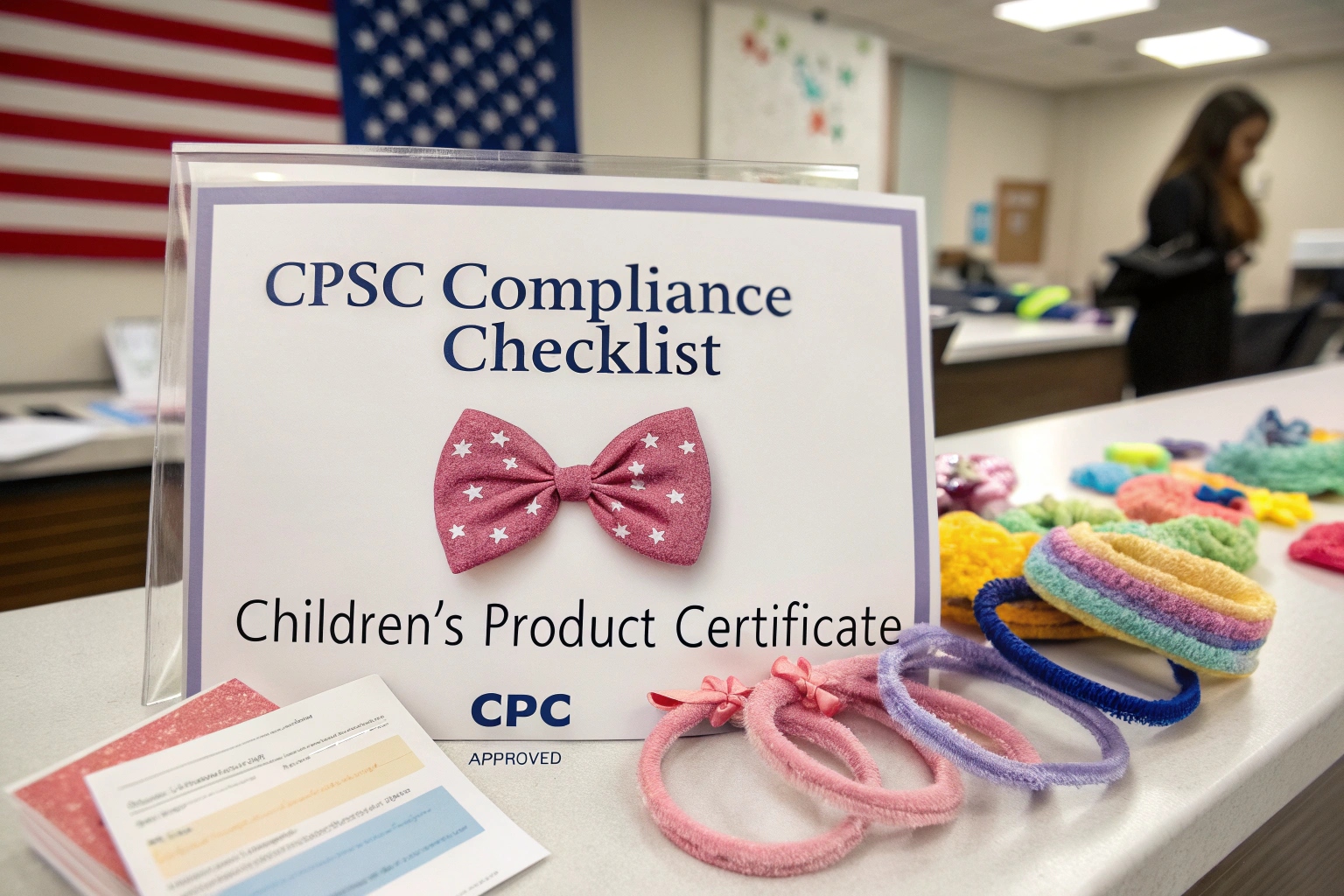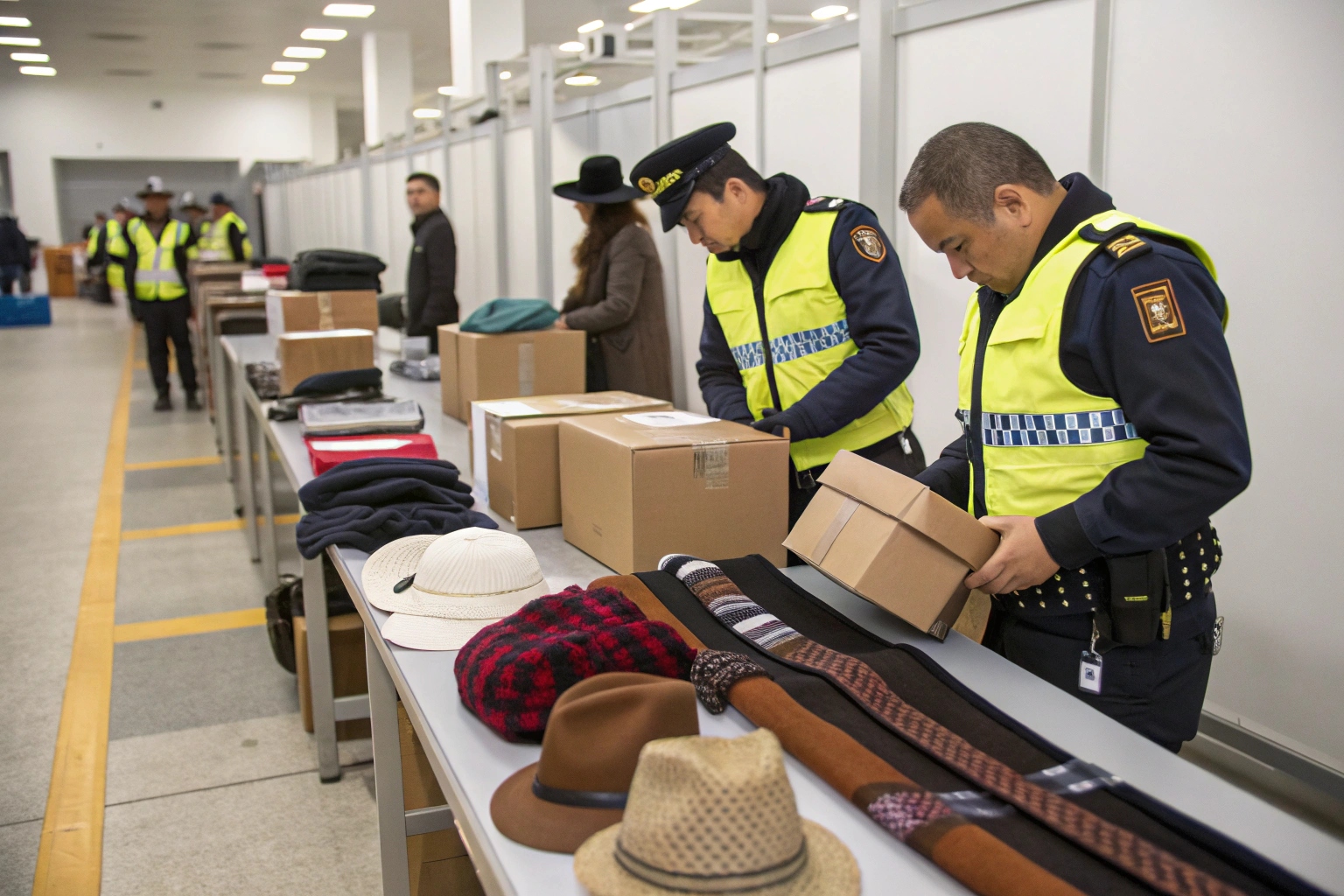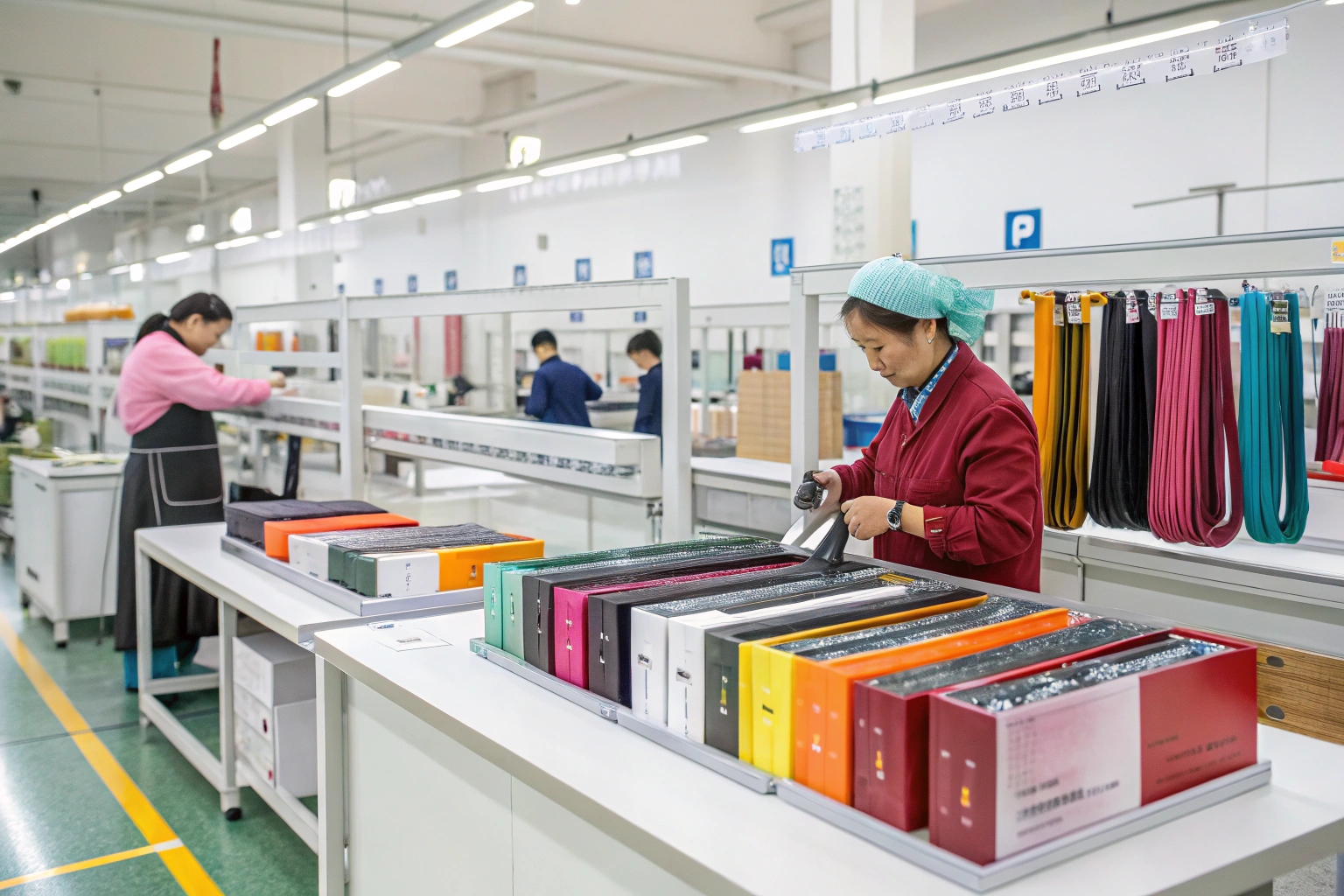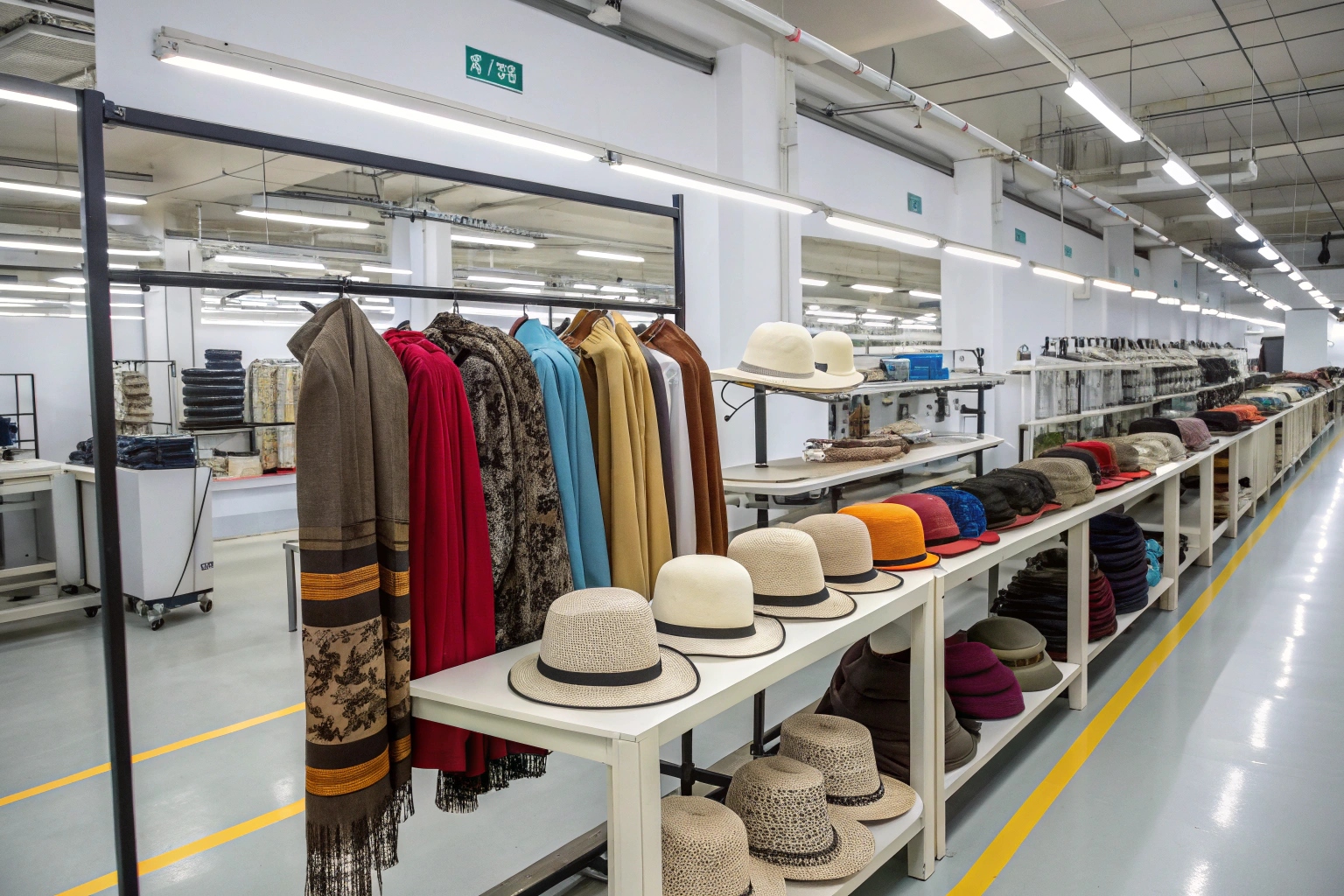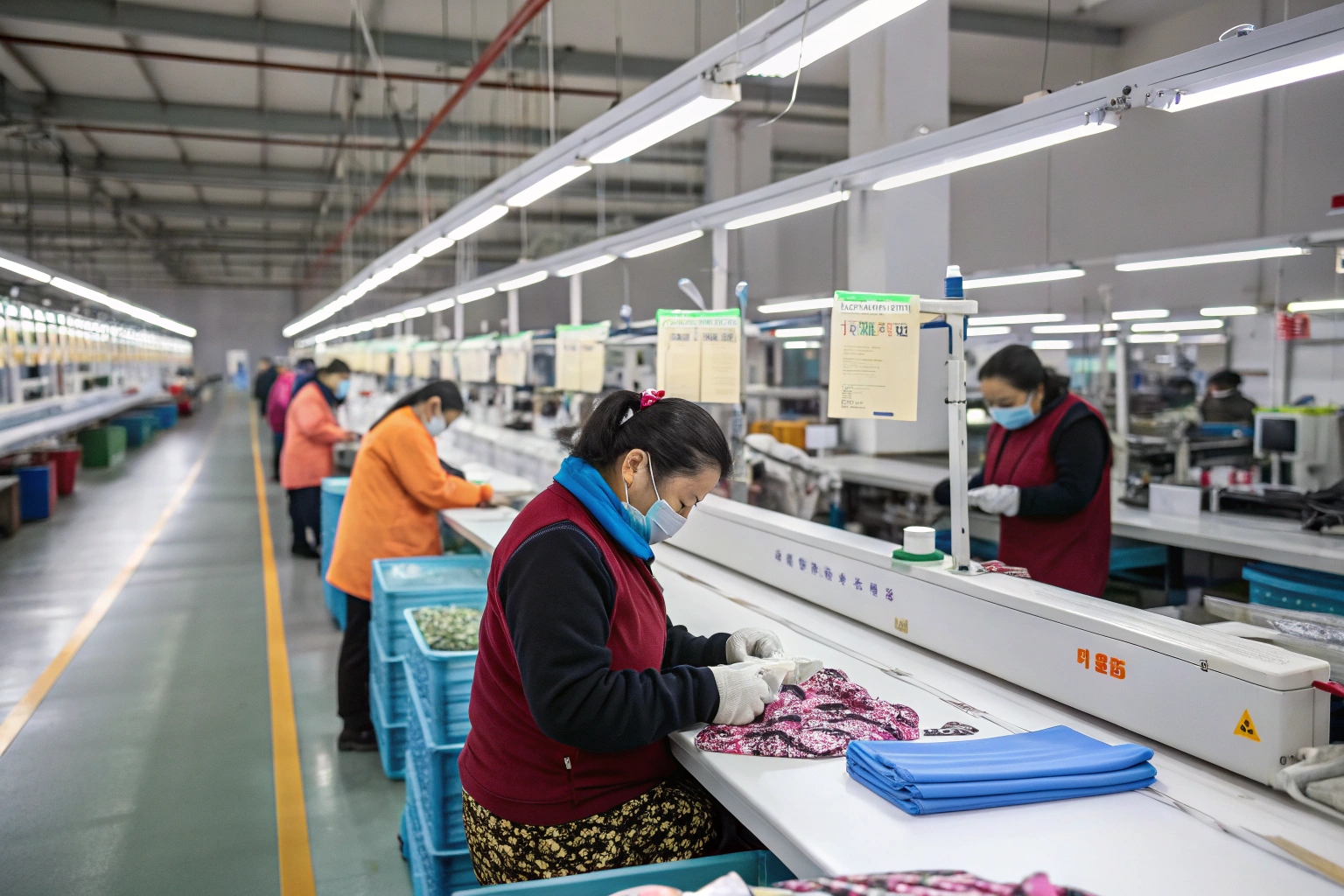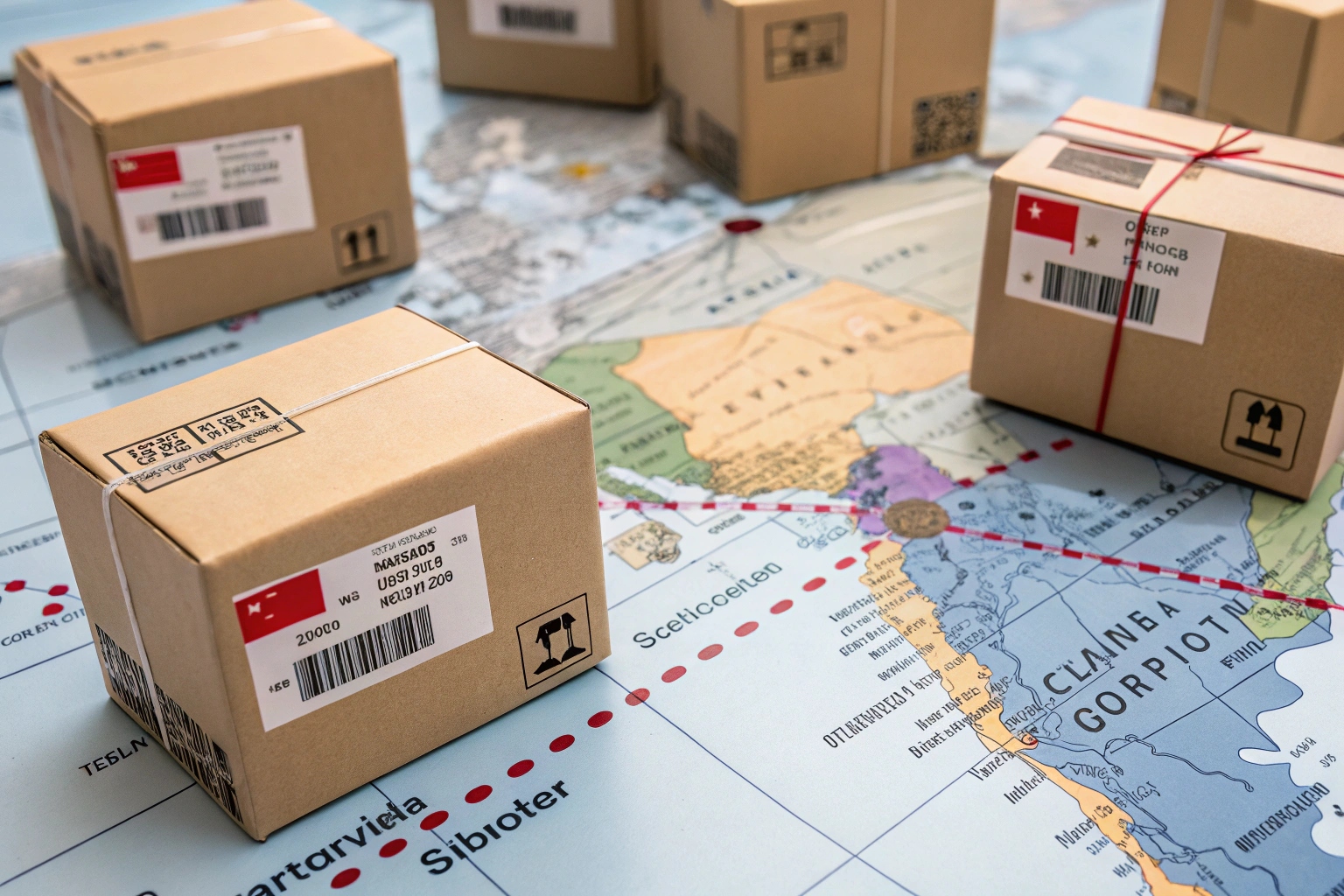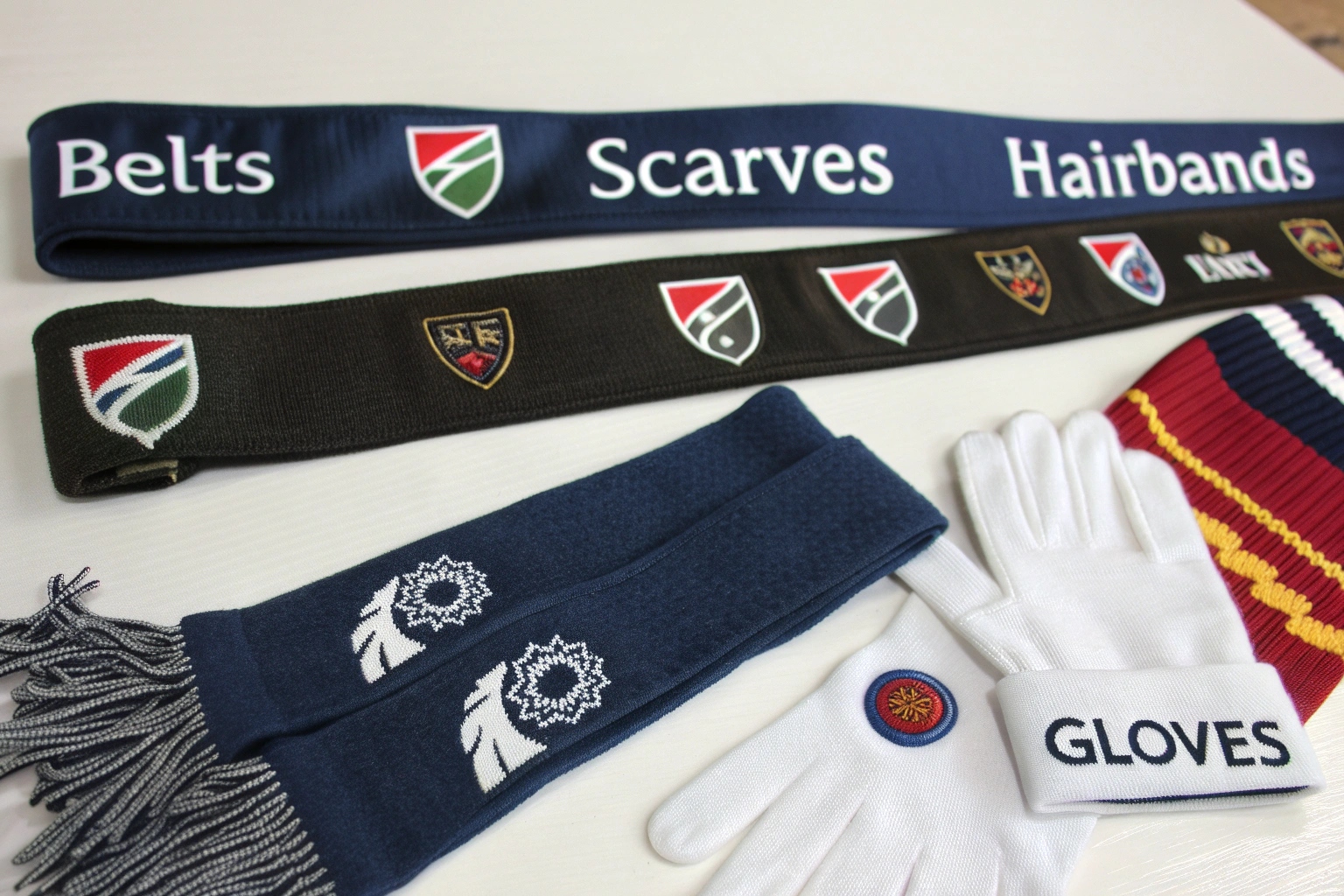You’ve developed a beautiful line of children’s hair accessories—colorful bows, glittery clips, soft fabric headbands. But before they ship to the U.S., you get one question from your buyer: “Is it CPSC compliant?”
All children’s hair accessories sold in the U.S. must comply with CPSC regulations, which require third-party lab testing, a valid Children’s Product Certificate (CPC), and age-appropriate labeling.
At AceAccessory, we work with many U.S. children’s brands. We help them understand the requirements, organize testing, and prepare CPCs for seamless customs clearance and retail readiness. In this guide, I’ll explain the most important CPSC rules, how to certify your hair accessories, and what mistakes to avoid.
What CPSC Rules Apply to Kids’ Hair Accessories?
It’s easy to think hair clips and headbands are low-risk—but the U.S. treats all children’s products with strict safety standards.
CPSC rules for children’s hair accessories include mechanical safety, lead and phthalate content limits, labeling, and tracking requirements under CPSIA (Consumer Product Safety Improvement Act).
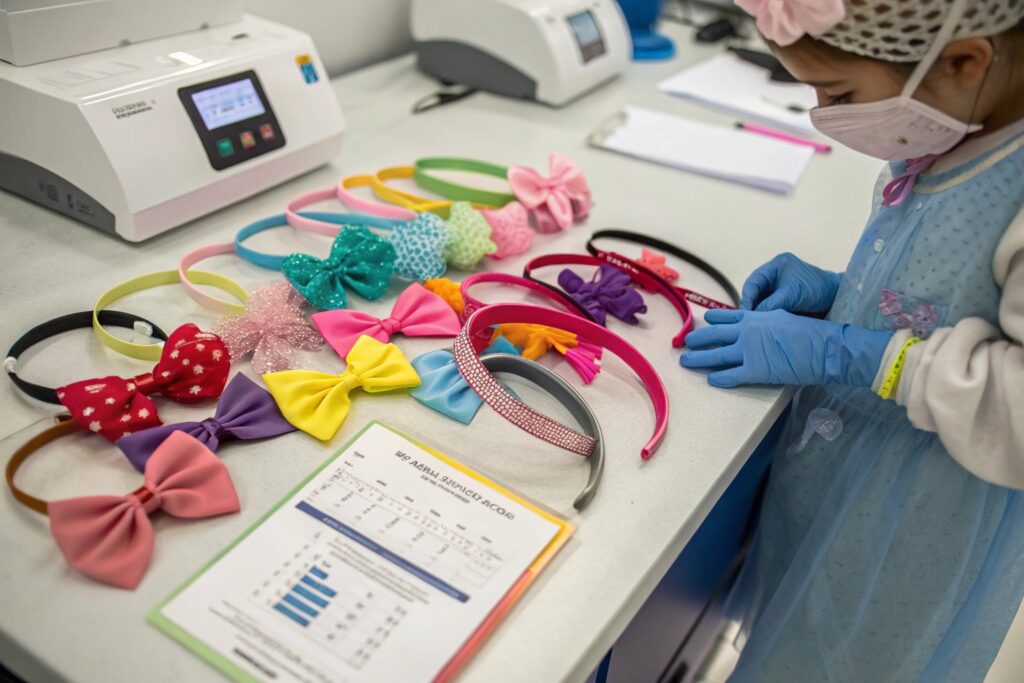
Which rules affect your product?
Hair accessories are considered “children’s products” if:
- They are marketed for use by children under 12
- They contain visual elements appealing to children (cartoons, bright colors, themes)
- They are sized for children (e.g., small headbands, tiny clips)
Here are the main CPSC rules that apply:
| Regulation | What It Covers | Applies To |
|---|---|---|
| CPSIA | General children’s product safety | All kids’ items |
| Lead Content Limit (100 ppm) | Surface coatings, paint, and metal parts | Painted or metal clips |
| Phthalates Ban | Soft plastic components | Rubber bands, PVC parts |
| Small Parts Rule | No choking hazards for under-3 age group | Buttons, beads, charms |
| Tracking Label Rule | Factory and date labeling for traceability | All kids' accessories |
At AceAccessory, we design children's hair accessories with age-graded safety in mind. We avoid beads for toddlers, use phthalate-free elastics, and print compliant tracking labels directly on polybags or cards.
How to Get a Children’s Product Certificate (CPC)
No CPC, no customs clearance—no retail listing either.
To get a Children’s Product Certificate (CPC), importers or manufacturers must test the product at a CPSC-accepted lab and declare compliance with all applicable safety rules.
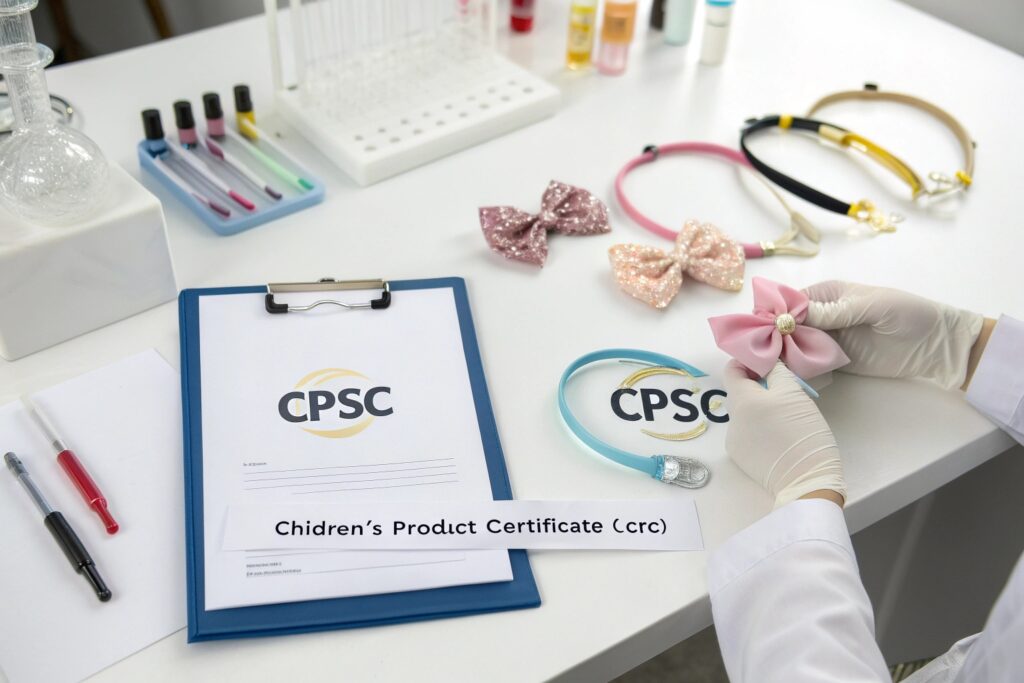
What’s inside a CPC?
The CPC is a one-page self-issued document that includes:
| Field | Example |
|---|---|
| Product Description | Cotton Bow Hair Clip Set, SKU HC-2024-KD |
| Importer Name & Contact Info | Ron & Co Imports, NY |
| Manufacturer Name & Address | AceAccessory, Zhejiang, China |
| Date & Place of Manufacture | April 2025, Zhejiang |
| Test Lab Information | CPSC Lab ID #1234, XYZ Testing Co. |
| Rules the Product Complies With | CPSIA Lead Limits, Phthalates, Small Parts |
| Test Report Reference | Lab Report #A-55234, dated 2025-04-05 |
You must attach the actual lab test report that proves your item passed.
At AceAccessory, we help clients by:
- Identifying applicable safety rules
- Submitting samples to a CPSC-approved lab
- Translating CPC documents if needed
- Attaching CPCs to each shipment by carton or PO
We keep digital CPC archives for every style we produce, and issue them for each batch or SKU as requested.
Lab Testing Requirements for Hair Accessories
Don’t guess—test. It’s the only way to prove your accessory is safe and compliant.
Lab testing for children’s hair accessories must be done at a CPSC-approved third-party laboratory and includes checks for lead, phthalates, mechanical hazards, and flammability (if textile-based).
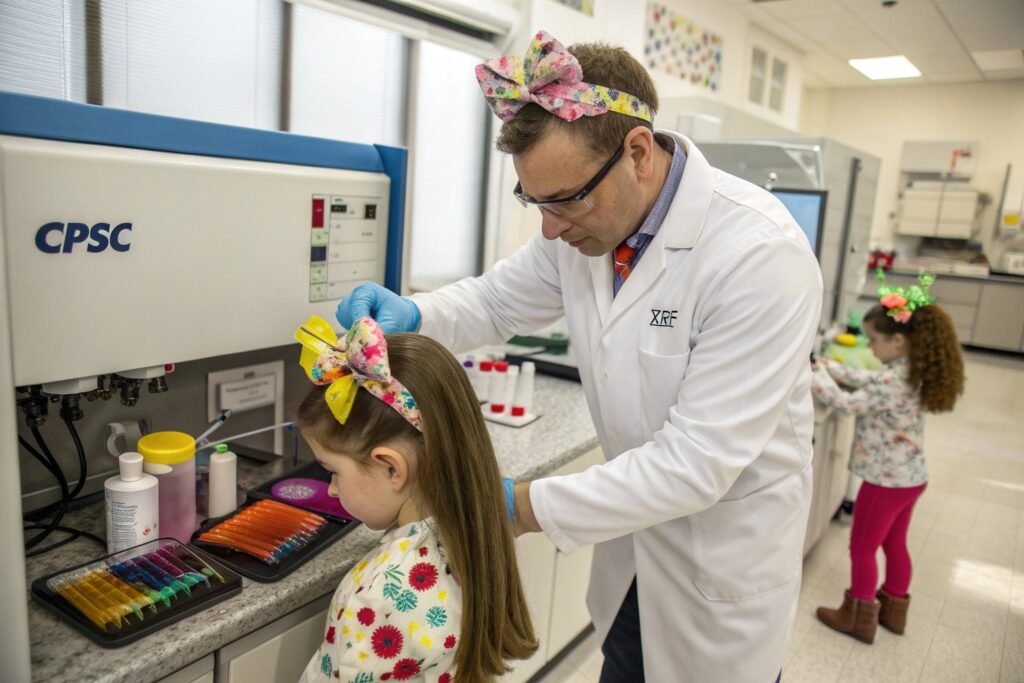
What should be tested?
Even small accessories contain multiple components:
| Component | Testing Requirement |
|---|---|
| Metal clip base | Lead in substrate metals |
| Painted decorations | Lead in surface coating |
| Soft elastic band | Phthalates in plasticizers |
| Ribbon or fabric | Flammability (if large fabric surface) |
| Attachment strength | Mechanical integrity (small parts rule) |
At AceAccessory, we pre-select materials that are lab-pre-certified, and we always test:
- 1 sample per SKU
- In the final finished condition (as packed)
- With batch traceability in the report
We work with labs like SGS, TUV, Intertek, and BV. Reports take 5–7 days on average and can be expedited when needed.
Common CPSC Violations to Avoid When Importing
Mistakes with CPSC rules aren’t just annoying—they can lead to customs holds, Amazon deactivations, or recalls.
The most common CPSC violations for children’s accessories include missing CPCs, incorrect tracking labels, and failure to test for lead or small parts hazards.
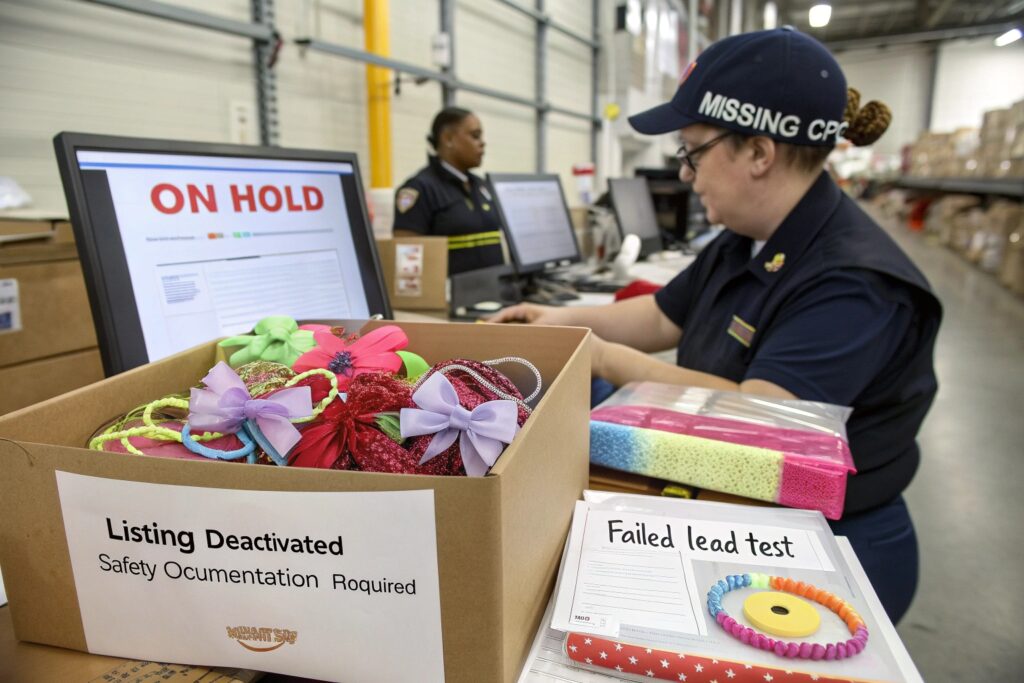
What are the top mistakes we’ve helped clients fix?
| Violation Type | Risk Level | Example & Solution |
|---|---|---|
| No CPC Provided | 🔴 High | Solution: We generate CPC and attach to PO |
| Incorrect Tracking Label Format | 🔴 High | Solution: Use date + factory code on packaging |
| Undeclared Age Grading | 🟠 Medium | Solution: We add “Not for under 3” warnings |
| Missing Lab Test for Paint | 🔴 High | Solution: Test every color batch of decorations |
| Phthalates in Elastic Band | 🟠 Medium | Solution: Switch to DEHP-free, REACH-tested band |
| Choking Hazard from Beads | 🔴 High | Solution: Redesign with flat or sewn embellishment |
We offer CPSC compliance consultation for new clients and build in safety during product development—not after the fact.
For example, we helped a U.S. boutique replace hand-glued stones on toddler clips with embroidered motifs to eliminate small part risk.
Conclusion
CPSC compliance is essential for selling children’s hair accessories in the U.S. You’ll need lab testing, a CPC, and age-graded design from the start. At AceAccessory, we help importers stay fully compliant—while still delivering the cute, creative designs their customers love.

